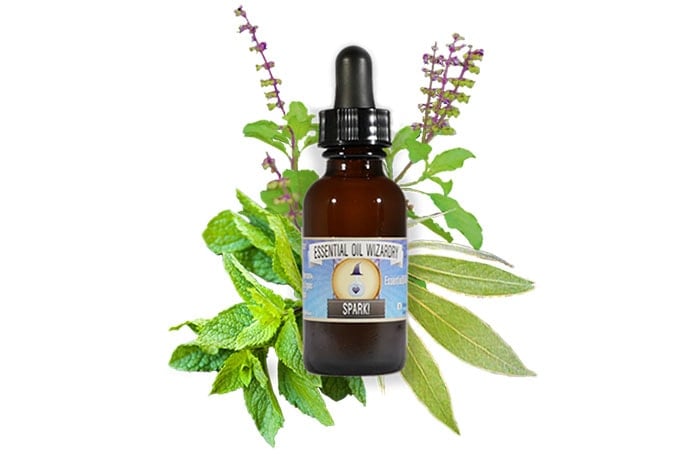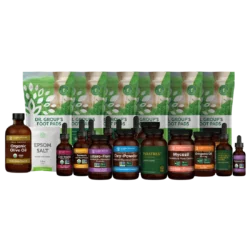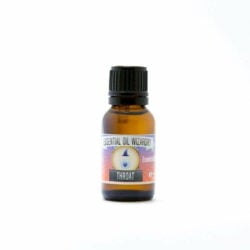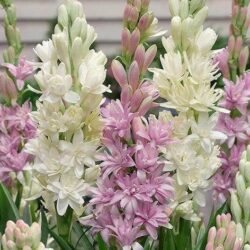Methods for Extracting Essential Oils
Have you ever wondered how essential oils are made? We will share three extraction methods with you on how producer’s create the final product.
Through various extraction methods essential oils come to life! What are the differences in extraction methods to produce an essential oil? Let’s start with these three that specifically produce essential oils. The methods for extracting essential oils are steam distillation, expressed and hydro distillation.
Let’s begin with the Steam Distillation

Copper Still for Steam Distillation Extraction Method
Steam distillation is the most common essential oil (EO) method found available on the essential oil market. There are traditional steam distillation essential oils and there are some variations in a hydro distillation.
One that is special about the distillation process is that there is something truly alchemical about this ancient process. During this process water goes from a liquid and is heated into a gas vapor as a steam. The steam heats up the volatile aromatics that are present in the plant material. The steam then leaves the original chamber and exits towards a collection flask/container. As it leaves from the original heat source towards the collecting chamber. The tube that collects the two chambers is cooled/chilled. This allows for it to recondense the steam into a liquid where the liquid separates water which contains the volatile aromatics. These are aqueous in nature and water soluble. The essential oil, which typically has a lighter density and floats naturally on top of the hydrosol.
In a traditional steam distillation process there are two products that are yielded, though essential oil is the most commonly present. The hydrosol is considered the by-product of the distillation product. The hydrosol also carries therapeutic constituents of the plants. Many of which are either unique to essential oil or provided in much different ratios as the essential oil contains more of the lipophilic molecule, where the hydrosol carries more hydrophilic molecules. When the plant material is no longer producing essential oil and aromatic vapor into the collecting flask, typically the essential oil is allowed to cool and settle for a period of time (this time greatly varies greatly for distiller and artisan).
Once the product has a minor maturing process, the hydrosol and essential oils are separated and the two products are kept accordingly. Hydrosols are fun to use as room sprays, typically easy to use in culinary purposes and also provide therapeutic effects. There are great books on hydrosols and one in particular I like called – Hydrosols: the next Aromatherapy by Suzanne Catty.
With steam distillation being an alchemical process, it has quite a gradient in terms of lab equipment and in terms of various types that distillers choose to use such as- copper stills, glass stills, etc.
Fractional Distillation
One of these examples for steam distillation produces Ylang Ylang and the many grades thereof. This technique is called fractional distillation. Fractional distillation is when an essential oil distillation is taken and the overall process is broken down into various time periods where sections from distillation are removed and separated to yield variable final products.
An example of this is Ylang Ylang Extra, which is typically the first half hour to two hours of ylang ylang distillation. This yields the lightest, purest and in my opinion sexiest ylang ylang essential oil.
Then the following grades: 1, 2, 3, and 4 are taken over other time period snapshots, such as between 2-4 hours. To yield secondary, tertiary products Ylang Ylang is also taken as a complete distillation which is similar to traditional methods, where the whole process is completed through the various fractions organically to essential oil that is known as complete.
The Ylang Ylang Extra and Ylang Ylang Complete are two types of Ylang Ylang that our company sources as they are the highest quality grade and most therapeutically collectively.
Next Up, Hydro Distillation
For some aromatic plants, hydro distillation is used which uses steam and water together. Hydro distillation involves covering the plant material in water prior to longer distillation times and is useful for some resins, spice powders and chopped roots or bark according to Eden Botanicals.
Steam distillation and Hydro distillation side by side

Steam Distillation
Hydro distillation
Lastly, Expressed Oils
Expressed oils are oils that are typically produced with none to some heat. With large pressing equipment to squeeze essential oil out of plant materials. This process is mostly used in fruit peels, such as oranges, grapefruits, lemons. Typically, this is more complete and full essential oil aromatic and spectrum compared to steam distilled which can be a little bit lighter, and “cleaner”. By cleaner we mean not in terms of quality but in terms of softness and subtlety.

Citrus Fruits use the Expressed Extraction Method
If we compare grapefruit oils, the cold pressed (expressed) will contain more bitterness, tang, and tart characteristics, while also yielding the bright citrus hues of limonene. A steam distilled grapefruit oil tends to be lighter, softer and the tartness mildly subdued. It seems less full spectrum, more soft, gentle and heady whereas the cold pressed, expressed oil may have more of a bright, tart, tangy body alongside the apparent top note.
When selecting a cold pressed (expressed) versus a traditional steam distilled essential oil, let’s use our example of grapefruit. Each has different applications in terms of aromatic qualities. If I want a lighter, softer, sweet grapefruit, that still carries strongly the aromatics of grapefruit I would select our grapefruit essence. This might be nice to use in one of therapeutic, botanical perfumes, may be nicer in a diffuser combined with other things, it can blend with other extracts when you don’t want grapefruit to take over.
The cold pressed grapefruit is more full body, creamy and light grapefruit. It’s zesty and zingy and has more of a sour quality and may serve your needs better for making a zesty culinary dish or beverage to stimulate your senses in a more profound way or to carry a more full and complete aromatic profile of grapefruit.
These expressed oils are the typical method of extraction for citrus peels and many carrier oils on the market.
Did you learn something from this mini lesson in essential oil extraction methods? Have any questions about these methods for extracting essential oils? You can email us [email protected] and we will get back to you!
Until next time EOW fam!
Best wishes, Brēta
World-Class Essential Oils

Wizard Alchemy Blends
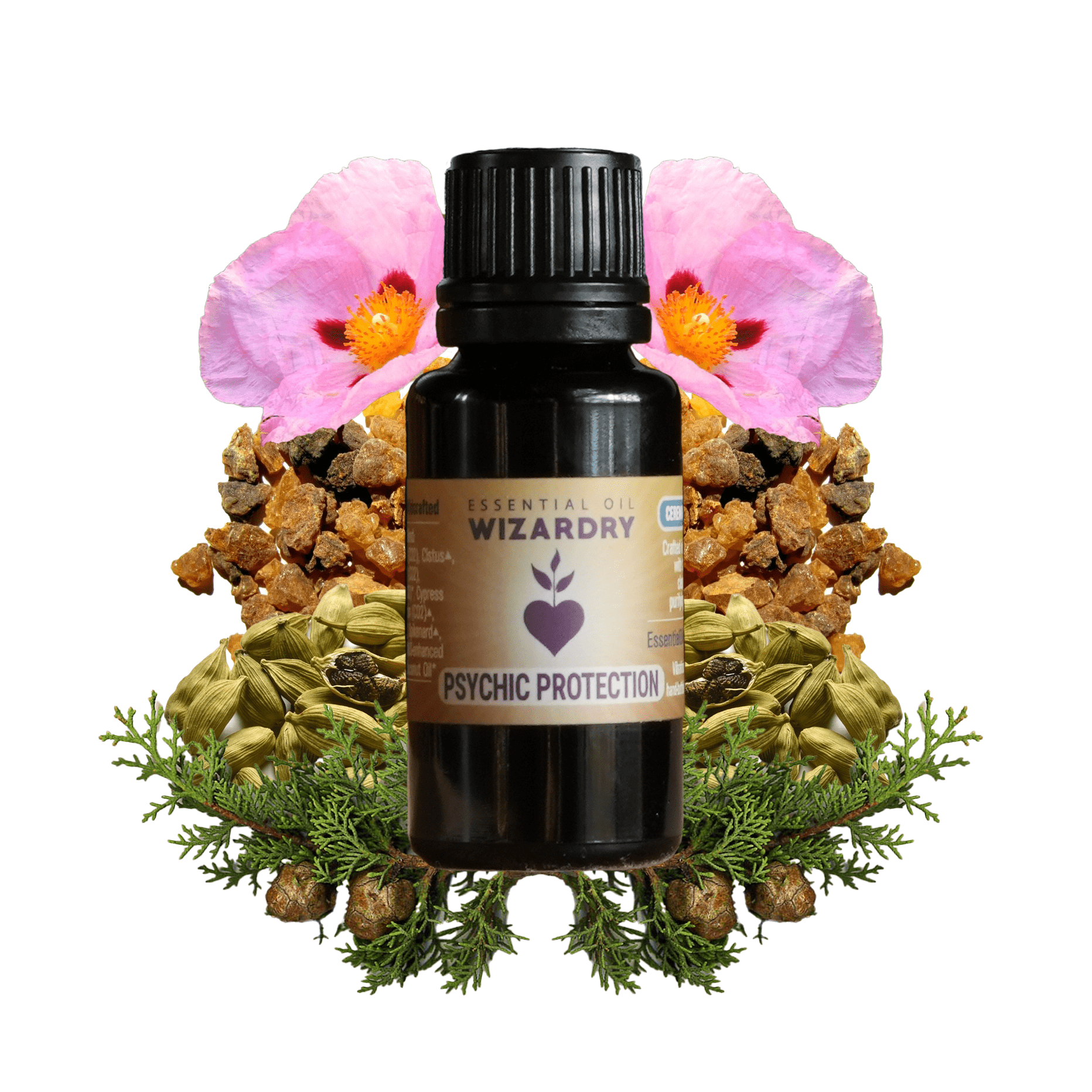
Shop By Benefits
podcasts, events, and classes/courses
Alchemy Club Membership
The EOW Alchemy Club is a one-of-a-kind monthly subscription service for those seeking an affordable way to explore the wonderful world of botanical alchemy.
